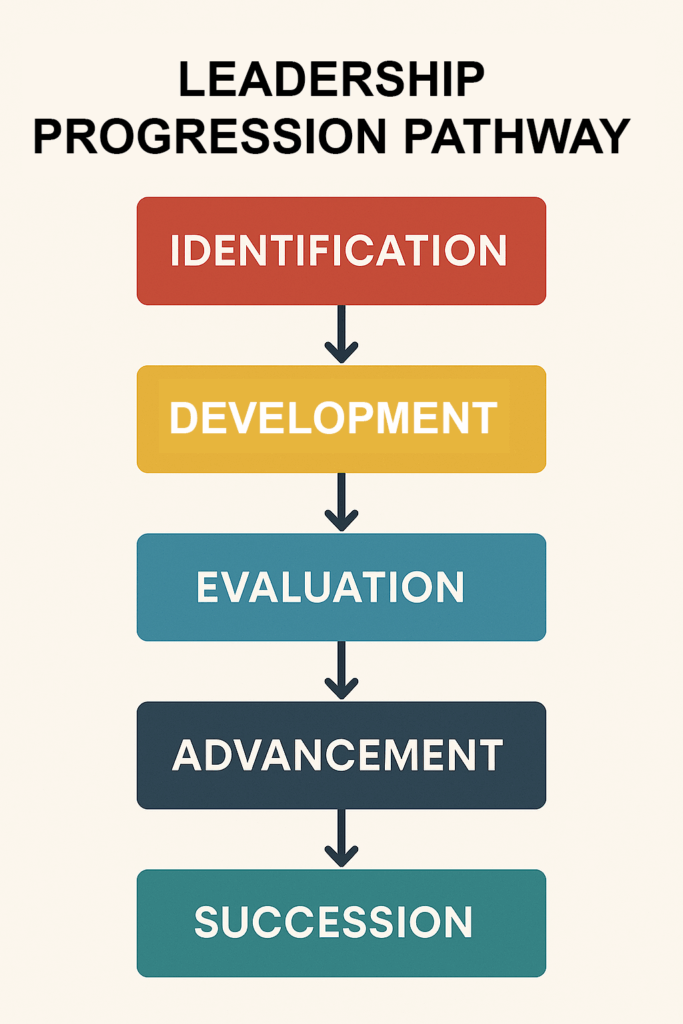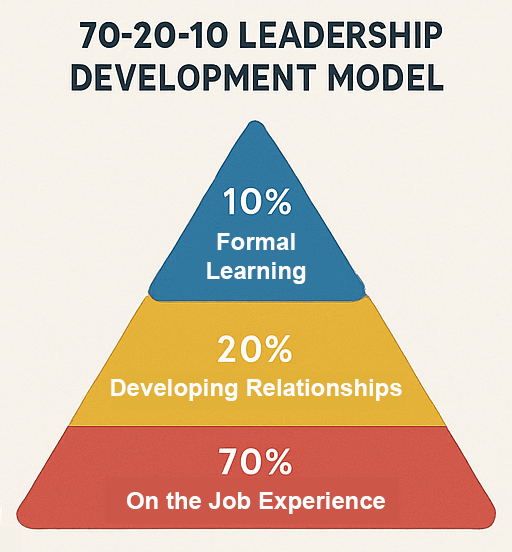The world of work is changing at an unprecedented pace. Organisations across every sector are grappling with a growing leadership gap, as seasoned leaders retire, career paths become less linear, and the demands on leaders become more complex and multifaceted. According to recent research by the Chartered Institute of Personnel and Development (CIPD), nearly 60% of UK organisations report a lack of leadership capability as a significant barrier to achieving their strategic objectives. This shortage is not merely a matter of numbers; it is also a question of readiness, adaptability, and vision.
Traditional leadership development methods-often consisting of generic workshops or one-off seminars-are increasingly failing to equip aspiring leaders with the nuanced skills required to navigate today’s volatile, uncertain, complex, and ambiguous (VUCA) environment. These approaches, while sometimes useful for basic skill-building, rarely provide the depth, personalisation, or ongoing support necessary for meaningful leadership growth.
The solution lies in the design and implementation of strategic, targeted training programmes. By identifying high-potential individuals, assessing their unique strengths and development needs, and providing tailored learning experiences, organisations can create robust leadership pipelines. These pipelines are essential for fostering innovation, maintaining competitive advantage, and ensuring long-term organisational resilience.


